Updated: 30-Jan-2020
Engines designed by Joseph Borzecki in Wroclaw, Poland.
-The JB2 x 250 twin version consisted of two single-cylinder, two-stroke engines, joined by cylinder head studs, but separated enough for not letting the propellers touch each other.
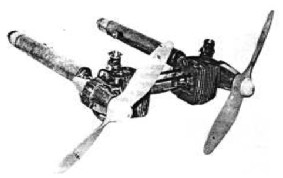
"JB2 x 250"
-The exhaust silencers give the whole a unique shape.
-The other horizontally-opposed, four-cylinder model, is said to be based on the German WWII Riedel engine that was used for starting engines on Me262 and I-162 aircraft.
-The horizontally-opposed, 4-cylinder 2RB engine model was air cooled.
-It was designed and built between 1970 and 1980, and it had a two-stroke cycle and a displacement of 540 cc.

"Borzecki 2RB"
-The propeller is driven directly. The engine can be used with push- or pull-propellers, due to the interior layout of the crankshaft bearings.
-The power was 16 hp at 4500 rpm and 24 CV at 6000 rpm.
From Appendix 10: Joseph Borzecki has two engines designed by himself. The double MZ-250, of which now we can show a photo holding it in person.
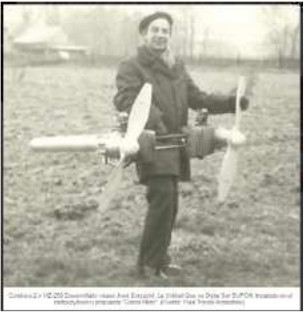
"Joseph Borzecki with his twin engine"
-And another picture of the so-called Riedel-Borzecki, the RB, four-cylinder based on the German first Jet starters.
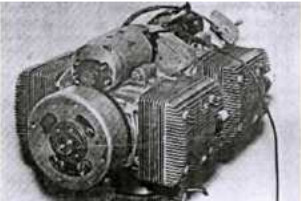
"The RB installed on the motorglider Altostratos"
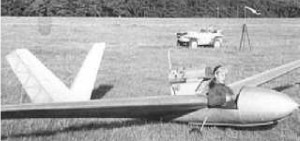
"Altostratus motorglider" (PiP-SP)
-It was also mounted on the "Pegaz" motorglider (see RB).
-A new photo of Joseph with his double engine, joined by the cylinder heads, with significant separation.

"Josej Borzecki with his double engine" (PiP-SP)

"And with the Riedel-Borzecki 2RB"
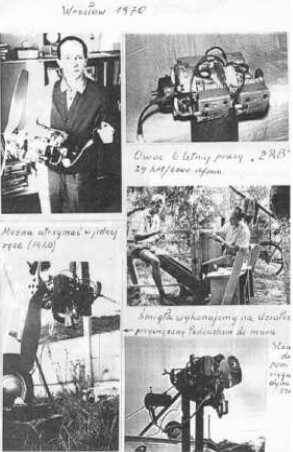
"Set of photos and notes of Borzecki himself"
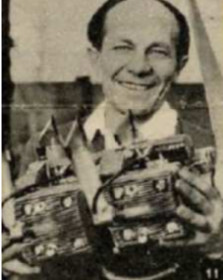
"Another photo with his 2RB" (Magazine reportage)
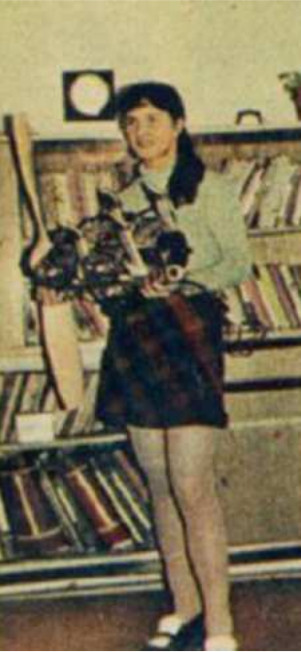
"The 2RB in good hands"
Engines of BORZECKI
Model: 2RB
Arquitecture: 2-stroke4-cylinder Horizontally opposed
Cooling: Air
Total Displacement: 540 cc
Bore / Stroke:
Power: 16 / 24 CV @ 4500 / 6000 rpm
Weight:
It was designed and built between 1970 and 1980.

"Borzecki 2RB"
Model: JB 2x250
Arquitecture: 2-stroke Single-cylinder
Cooling:
Total Displacement:
Bore / Stroke:
Power: @ rpm
Weight:
The JB2 x 250 twin version consisted of two single-cylinder, two-stroke engines, joined by cylinder head studs, but separated enough for not letting the propellers touch each other.

"JB2, 2 x 250"


